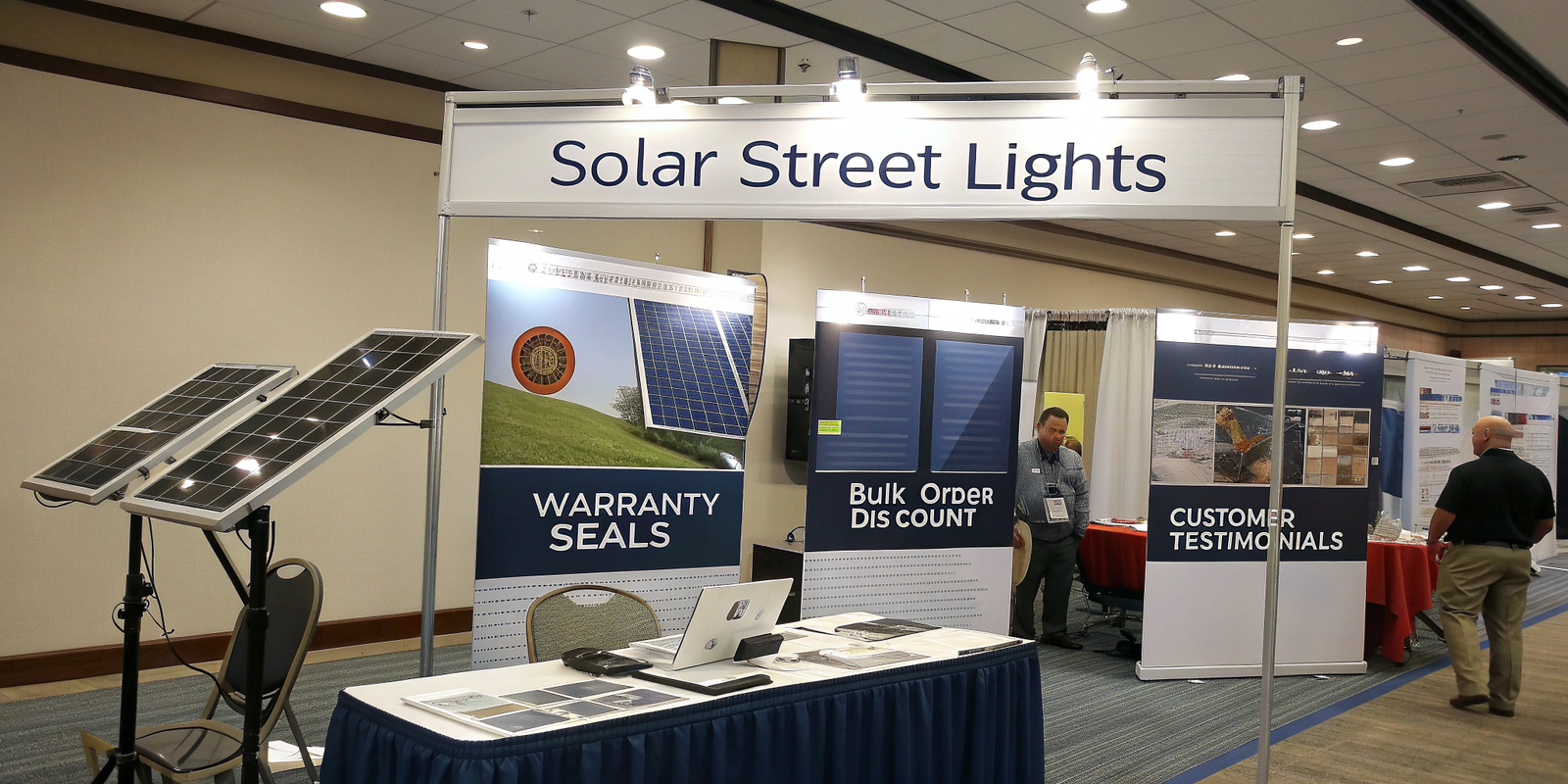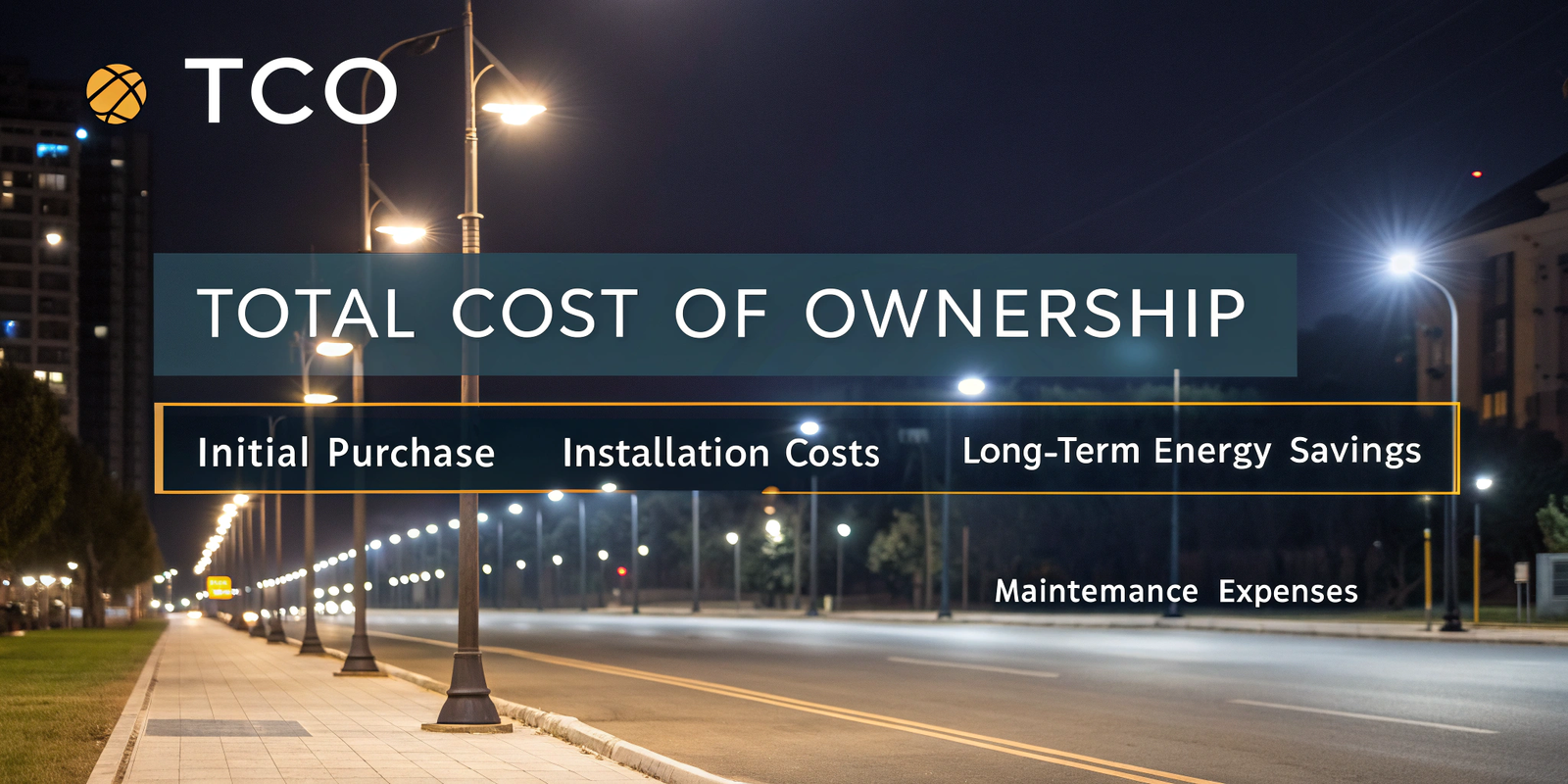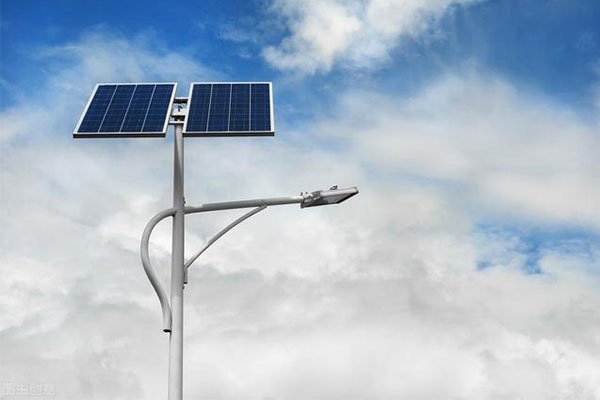Maximizing cost efficiency when purchasing solar LED street lights can be challenging but is crucial for long-term savings. Let's explore key strategies to reduce both initial and operational costs.
To maximize cost efficiency, focus on high-efficiency LEDs and solar panels, choose durable batteries like lithium-ion, and design systems for scalability and easy upgrades. These strategies lower costs over time while improving system performance.
While the upfront costs of solar street lights may seem higher, understanding how to optimize your investment can significantly reduce both the installation and maintenance costs.
What Key Factors Should You Consider Before Purchasing Solar LED Street Lights?
Before making a purchase, it's essential to evaluate your specific needs and consider several key factors that influence cost efficiency.
Evaluating your lighting needs, selecting the right solar panel and battery capacity, and prioritizing durability and warranties are critical factors that affect cost efficiency in solar street lights.
The first step in maximizing cost efficiency is understanding your specific lighting requirements. Whether you need street lights for urban roads, parks, or residential areas, the demands for brightness and coverage vary. If you choose the wrong light, you might either overspend on excessive power or end up with a low-performing option.
It’s essential to calculate the brightness in lumens needed for the area you’re illuminating. Too much brightness leads to wasted energy, while too little could cause safety concerns. The location of the installation also plays a critical role in your decision. If you're in a region with limited sunlight or frequent cloudy days, you’ll need higher efficiency panels or larger batteries to ensure a consistent energy supply.
Next, choosing the right solar panel is vital for cost efficiency. Solar panels with high conversion efficiencies (over 20%) are more effective at capturing solar energy, meaning your system will produce more power in less space. This can reduce the size of the system required, leading to savings in both initial investment and maintenance. The battery is equally important – opt for lithium-ion batteries, which have longer lifespans and higher energy densities, thereby reducing replacement costs over time.
Lastly, prioritize products with relevant certifications such as CE or ROHS to ensure that the lights meet safety and environmental standards. Certifications also provide assurance of quality, reducing the likelihood of frequent replacements.
How Do You Compare Suppliers and Price Points?

Selecting the right supplier can have a significant impact on the overall cost efficiency of your solar street lights.
Reputation, reviews, and the possibility of bulk purchases are crucial in finding cost-effective solar street lights. A reliable supplier ensures not just quality but also better long-term support and lower maintenance costs.
When it comes to purchasing solar LED street lights, the choice of supplier is just as important as the product itself. Look for manufacturers with a proven track record in delivering reliable, high-quality solar lighting solutions. This ensures that the product you invest in will perform well for years, reducing the risk of malfunctions or early replacements.
Online reviews and testimonials from other businesses or municipalities can provide valuable insights into the reliability of a manufacturer. Reviews often reveal the long-term performance and satisfaction levels of customers, helping you make a more informed decision.
Bulk purchasing can significantly lower unit costs. Many suppliers offer discounts for bulk orders or long-term contracts, so consider this option if you plan on buying a larger quantity. A strong long-term partnership with a supplier also means they’re likely to provide better support and maintenance services, which further reduces your ongoing costs.
Finally, ensure that the supplier offers warranties that cover major components such as lighting efficiency and battery life. A good warranty protects you from unforeseen expenses, ensuring the longevity of the system.
How Does the Total Cost of Ownership (TCO) Impact Your Decision?
The total cost of ownership (TCO) is a more comprehensive way of understanding solar street light costs, factoring in both the initial investment and long-term savings.
When calculating TCO, include the initial purchase, installation costs, energy savings, and maintenance. A higher upfront cost might lead to significant long-term savings in energy and maintenance.

Total Cost of Ownership (TCO) is a critical concept when evaluating solar street lights. While the initial purchase price is an important factor, it’s not the only consideration. Understanding the long-term savings is essential to make an informed decision.
The initial investment includes not only the price of the solar street lights but also the installation costs. In some cases, more complex installations may drive up the price, so choosing an all-in-one solar street light model can reduce these expenses. These models integrate the solar panel, battery, and light into one unit, simplifying installation and reducing labor costs.
Next, energy savings can be a significant factor in the TCO. Solar street lights are designed to save electricity by relying on solar power, which reduces the need for grid electricity. Over time, this can add up to substantial savings, especially in areas with high electricity costs.
Maintenance is another crucial part of the TCO. Solar LED street lights typically require less maintenance compared to traditional street lights, but you should still factor in potential repairs, battery replacements, and system upgrades. However, opting for durable products with long lifespans and warranties can help minimize these costs. The lifespan of solar LED street lights, often exceeding 10 years, can lead to impressive savings over time, making them a sound investment despite a higher initial cost.
How Can You Minimize Ongoing Maintenance Costs?
Minimizing ongoing maintenance costs ensures that your solar street light system remains cost-effective throughout its lifespan.
Choosing low-maintenance models, utilizing remote monitoring, and selecting features like self-cleaning and predictive maintenance can significantly reduce ongoing costs and enhance operational efficiency.

One of the most appealing features of solar street lights is their relatively low maintenance requirements. However, some models are more maintenance-friendly than others, so it’s important to select one that suits your long-term needs.
Look for models that feature long-life batteries and minimal moving parts. Solar lights with batteries that last longer and don’t require frequent replacements will help reduce maintenance costs significantly. Additionally, remote monitoring systems allow for quick detection of issues, minimizing downtime and repair costs.
Some solar street lights come with self-cleaning panels or IoT (Internet of Things) capabilities that automatically monitor system performance. These smart features can alert you to faults, predict maintenance needs, and even control light intensity based on traffic levels, further extending battery life and reducing operational costs.
Conclusion
Maximizing the cost efficiency of solar LED street lights requires careful planning and strategic choices. Focus on energy-efficient components, choose reliable suppliers, and consider long-term costs to ensure that your investment delivers value over time.







